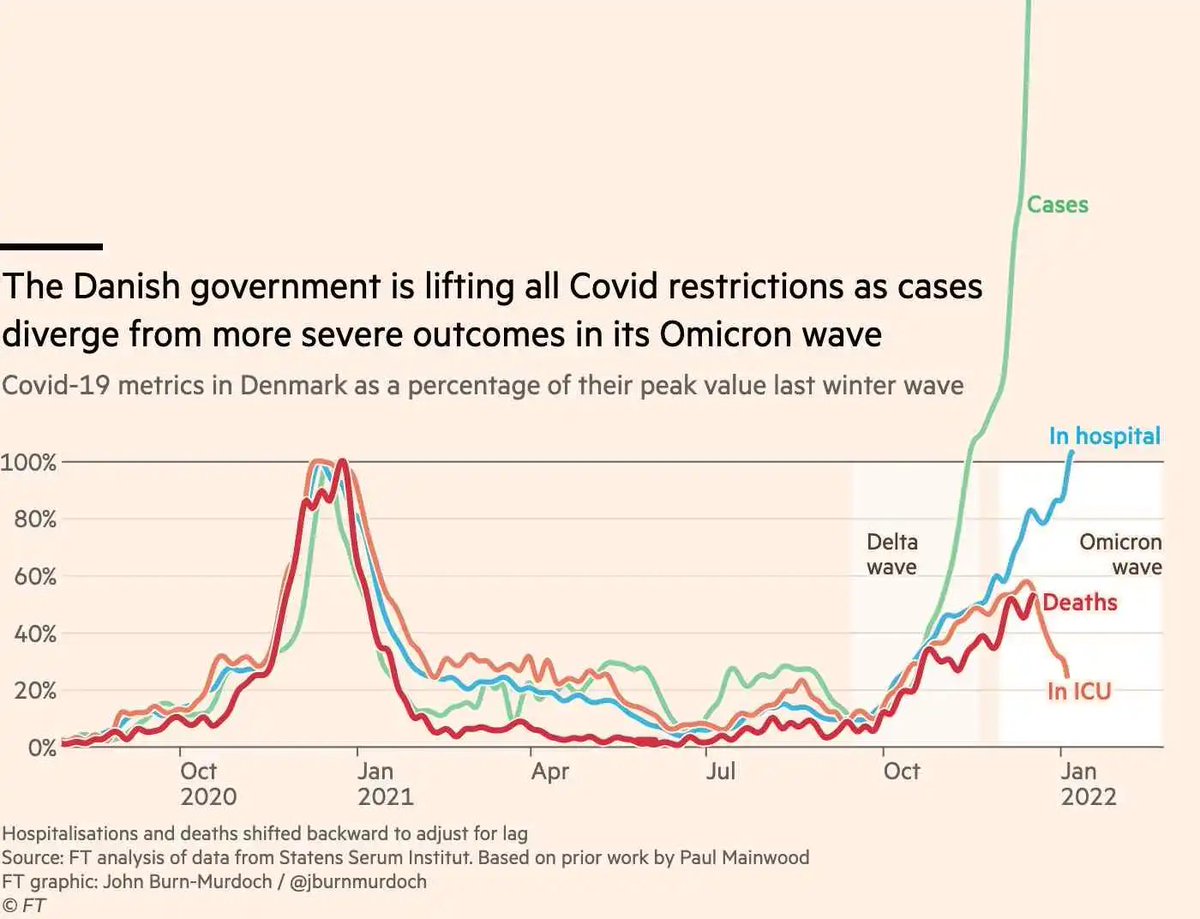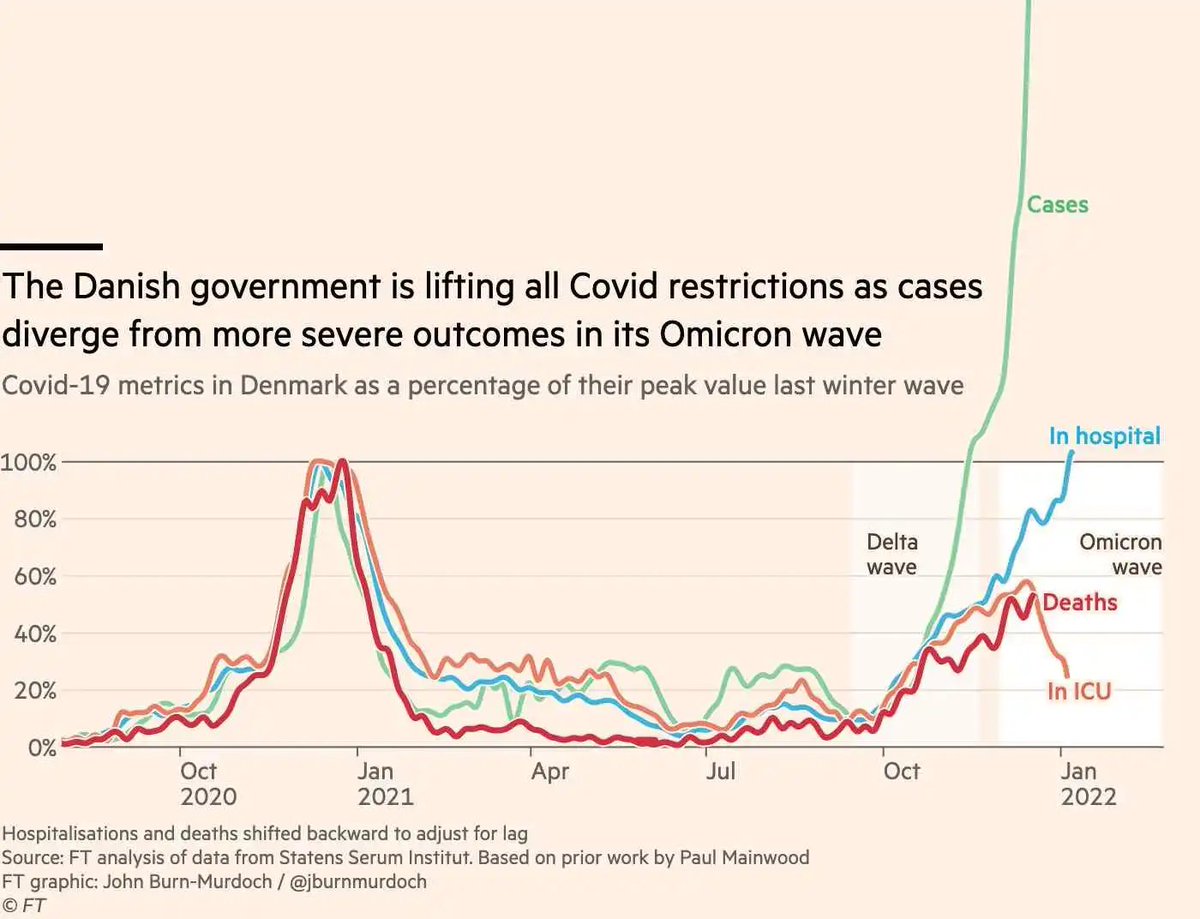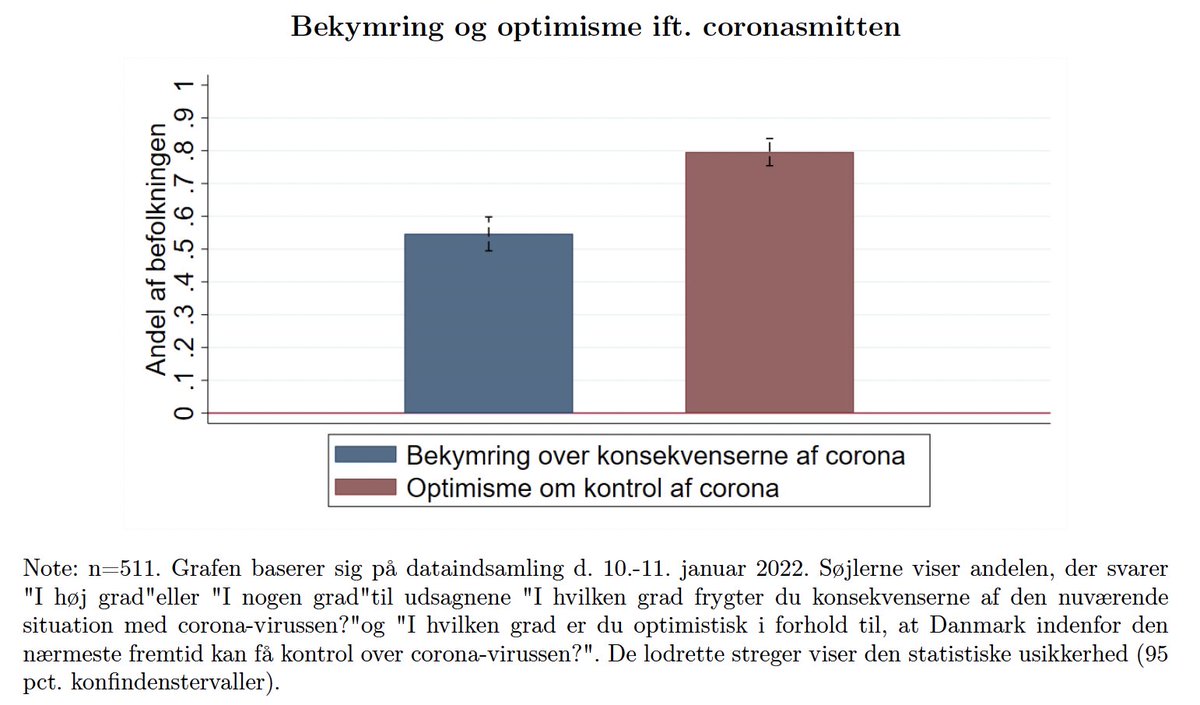
Pandemic fatigue & conflict are rampant
How to motivate people to keep up with continued threats in this context?
In @SciReports, we find that hope built via actionable advice is more effective than fear: nature.com/articles/s4159…
Fear sans hope can defy its own purpose
🧵(1/8)
How to motivate people to keep up with continued threats in this context?
In @SciReports, we find that hope built via actionable advice is more effective than fear: nature.com/articles/s4159…
Fear sans hope can defy its own purpose
🧵(1/8)

Media, governments & influencers are often accused of "fear-mongering". Such strategy would clash with insights on risk-communication: doi.org/10.1111/bjhp.1…. Effective communication is clear about the threat *&* how to deal with the threat. Actionable advice builds hope. (2/8)
During the pandemic, we examined the relative efficacy of threat- & hope-oriented communication. The context was the race between the Alpha variant & implementation of vaccines. The need was to "buy time" via stronger interventions until vaccines took effect. (3/8)
We created a #BuyTime visual aid & conducted an experiment with more than 3000 Americans. The "Threat" condition showed & explained only the sky-rocketing infections from the new variant. The "Hope" condition included the threat *&* the solution, e.g., in terms of vaccines. (4/8) 

The Hope Condition increased perceptions of infectious variants as threats, motivations to adhere to advice from authorities, understandings of how to pull through the pandemic, & why stronger measures are needed. The Threat Condition mostly had none of these effects. (5/8) 

The importance of these findings is clear from a 2nd multi-country study (🇺🇸🇮🇹🇭🇺🇫🇷🇬🇧🇸🇪🇩🇪🇩🇰). Many had heard about the variant. Yet, fewer were worried & even fewer acted on the worry. To create behavior change from knowledge about the threat, actionable advice is needed. (6/8) 

Communicators should not just tell people what to fear. Tell them how they & society can deal with it. It is not about "hopium" but about "empowerment". Hope is grounded in actionable advice. With rampant fatigue & conflict, this is as important as ever. (7/8)
This work was done with a dream team of people: @LasseEngboChr, @boralexander1, @Fly_Lindholt, @FrederikJuhlJr1, @RebAdlerNissen, @aroepstorff & @suneman. 🙏
If you are interested in digging into the data and materials, they are available here: github.com/SocialComplexi…. (8/8)
If you are interested in digging into the data and materials, they are available here: github.com/SocialComplexi…. (8/8)
• • •
Missing some Tweet in this thread? You can try to
force a refresh













